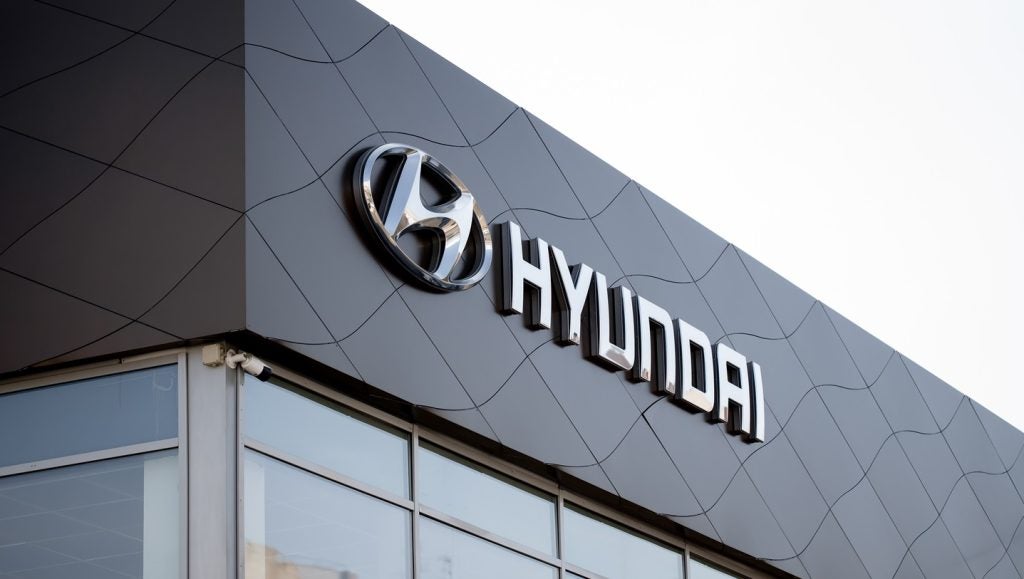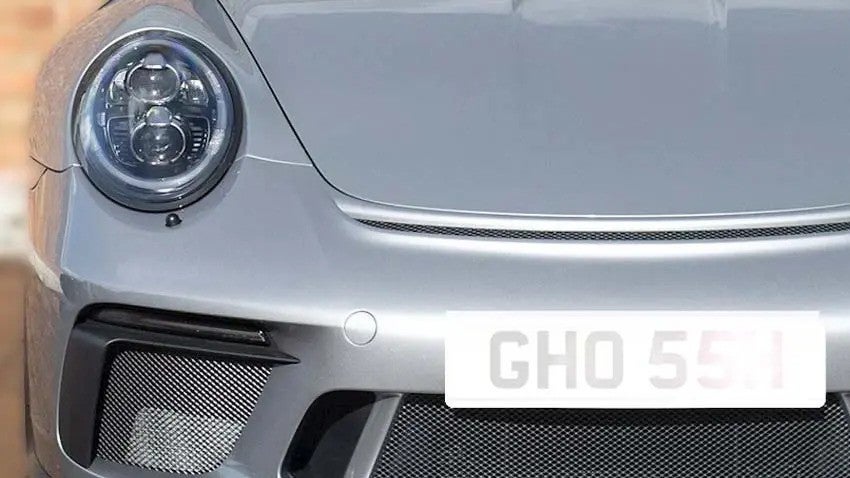
Christopher Marchant was at the University of West England (UWE) for an event on its Bristol campus that brought together experts from fleet management, electric vehicles (EVs) and academic research to discuss the potential impact of Clean Air Zones (CAZs) and the wider adoption of EVs.
From Derby to Southampton, across the UK, cities are planning the introduction of CAZs, which would involve charges for carbon-emitting vehicles entering urban areas of high pollution in a manner similar to London’s Congestion Charge.
Moves like this are part of the reason fleet managers are considering alternative forms of transport, notably a move to EVs.
The event was developed in partnership between ALD Automotive and Lombard Vehicle Solutions.
In his introduction, Ian Turner, corporate sales director at ALD Automotive, framed the event against a rising tide of sentiment towards cutting carbon emissions from vehicles, emphasised by events such as the Dieselgate scandal, WLTP standards, increased investment from OEMs into EVs, and a range of regulation from national governments across Europe.
In its own contribution to the investigation into cleaner air in UK cities, ALD has also collaborated with UWE, providing the university with over 6 million miles worth of telematics data for its research into mobility.
Keynote speaker at the CAZ event was Robert Llewellyn, an actor known for starring as robot Kryten in Red Dwarf, and host of ongoing YouTube series Fully Charged, which reviews the latest EVs and is a reflection of Llewellyn’s own affinity for the class; he has been driving the same Nissan Leaf since 2011.
On the motivation behind a CAZ and the move away from the internal-combustion engine, Llewellyn said: “The air quality of cities has changed because of small diesel cars, and the UK is a country that adopted more diesel cars than anyone else in Europe. If you have large numbers of diesel cars, in a traffic jam, with the engine running, in a city with children going to school, it’s a dangerous mixture.”
Llewellyn related the case of Ella KissiDebrah, who died of an acute asthma attack aged nine in 2013.
The death was directly attributed by Stephen Holgate, an expert on asthma and air pollution, to her living close to the notoriously polluted South Circular Road in London.
Holgate noted her asthma attacks would correlate to spikes in the area’s PM2.5 particulates, which are primarily emitted from diesel vehicles. Llewellyn concluded: “Burning fossil fuels is a Victorian-age steam technology. Steam engines may be fantastic, but they’re in museums, they’re on special railways and have a romantic feel to them.
“In 50 years I want to see keen aficionados driving E-Type Jaguars with the original combustion engine. People might see them at shows because they’re so marvellous, but 99% of us are driving around in EVs of some sort. They’re just more efficient, and a substantially better use of energy.”
In a survey conducted at the conclusion of Llewellyn’s speech, it was revealed that 75% of attendees still drove a petrol or diesel vehicle as their main mode of transport.
While this data shows that there is still some way to go in this sector, there are now 184,000 EVs registered in the UK.
Tom Callow is director of communication and strategy at Chargemaster, now a part of BP, and understands that with the rapid expansion of electric ownership is the need for intelligent approaches to EV infrastructure and a general awareness of its potential: “Pure electric cars are going to be more profitable and much easier to make. The beauty of an electric car is the fact that for over 90% of its existence a car is doing nothing. This is a point where EVs could be charging, and this setup needs to be shown to consumers as an advantage of EVs and not a drawback.”
With SMMT figures consistently showing significant rises in EV ownership, Callow reminded the audience: “The only reason we haven’t registered more vehicles is nothing to do with cost or infrastructure it’s supply. If the manufacturers had given us more vehicles this year, we would have sold more vehicles. It’s that simple: the demand is there already.”
Cars on display at the CAZ Bristol event included the Kia e-Nero and Ford Mondeo Hybrid Electric Titanium Edition. The e-Nero boasts a 301-mile range on its battery, while the Mondeo is the first Ford hybrid to be sold in Europe. Callow noted that there will be 100 new EV models in Europe over the next three years.
Giving an insight from the OEM perspective on EVs and CAZs was Dave Petts, a leading figure in Ford’s Urban Electrified Van (UEV) Programme. Petts said: “We’ve had early adopters; now we need the early majority on board. Just look at the change cycle: cars with internal combustion engines are changed on average every three years, and that’s only four cycles away from 2030.”
In late 2018, EU member states pledged a 35% reduction in greenhouse gas emissions by 2030, something that would require the mass adoption of EVs. “For a van, this date is only two and a half ownership cycles away. We need to engage fleet managers, to let them know that this isn’t just something they can leave, that they need to engage with it now,” explained Petts.
Showcased at the event was the Ford Transit plug-in hybrid electric vehicle (PHEV), one of only 20 prototypes worldwide. Petts expanded on the potential of this vehicle in terms of haulage and transportation. “The Transit PHEV is designed to be both adaptable to urban needs and with a battery life that can cure range anxiety,” he noted.
“It will also have the same loading capacity as a diesel as we haven’t raised the floor to fit the battery. “EVs will be the way forward, and the days of petrol-powered SUVs parking in electric charge bays will soon be behind us.”
Jo Barnes, senior research fellow at UWE’s Air Quality Management Resource Centre, had strong words backed by memorable statistics to drive home the necessity of
reducing emissions in urban areas – the stated aim of CAZs.
She said: “There are 300 additional deaths in Bristol each year as a result of exposure to air pollution. Compare that to the 12 people killed in road traffic accidents in the city last year.
“Within this there’s a strong correlation between poverty and exposure to pollution. Yet the more affluent have the higher average emissions per household; it’s not the poor who are driving this.”
As well as Bristol, there are plans for CAZs in Leeds and Birmingham, which will set daily charges of £50 and between £50 and £100 respectively on all non-Euro-6 trucks.
Nottingham has rejected the need for a CAZ in its city, citing its extensive tram system as one means of limiting carbon emissions in its city centre.
After the event, Motor Finance spoke to Matt Dale, head of consultancy at ALD Automotive. In his overview of the EV market, he was able to give his take on when the persistent issue of range anxiety will be put to rest. “I think the magic number would be a battery that can do 400 miles,” he noted.
“When it does this, people will be happy that it’s going to do 300-and-something miles, and as they get used to the vehicle and understand how they operate, they’re going to be more confident in the distance it’s likely to travel.”
In his speech at the event, Dale identified that a key concern for fleet operators is that they could be charged to enter CAZs in multiple cities in one day, ultimately bearing exorbitant costs.
Expanding on this ‘‘double sting’’ effect, Dale said: “As a commercial vehicle operator it could even be worse. You could have a maintenance company which is going to three different cities in one day in a vehicle that’s not compliant, and they could be paying into three CAZs.
“This double sting could mean that people are going to bypass the town centre and hit the rural roads and go round the outskirts. It could create a different problem as more and more people avoid going through that centre on the way to a meeting or a personal journey, increasing congestion on smaller roads not equipped to handle this amount of traffic.”
From the wide range of businesses and consumer interests presented at UWE, speakers were unanimous in their belief that UK cities were too congested and dangerously polluted.
The solution was also clear: mass adoption of EVs is becoming a necessity. While this coming EV revolution does represent a massive infrastructure challenge to both the UK and nations across Europe, it also represents a key business opportunity.
To purchase vehicles that are still consistently more expensive than their diesel and petrol counterparts requires either the provision of large sums of up-front capital that fleets and many consumers will not be able to provide, or – more significantly – represent a burgeoning opportunity in the vehicle finance sector.







